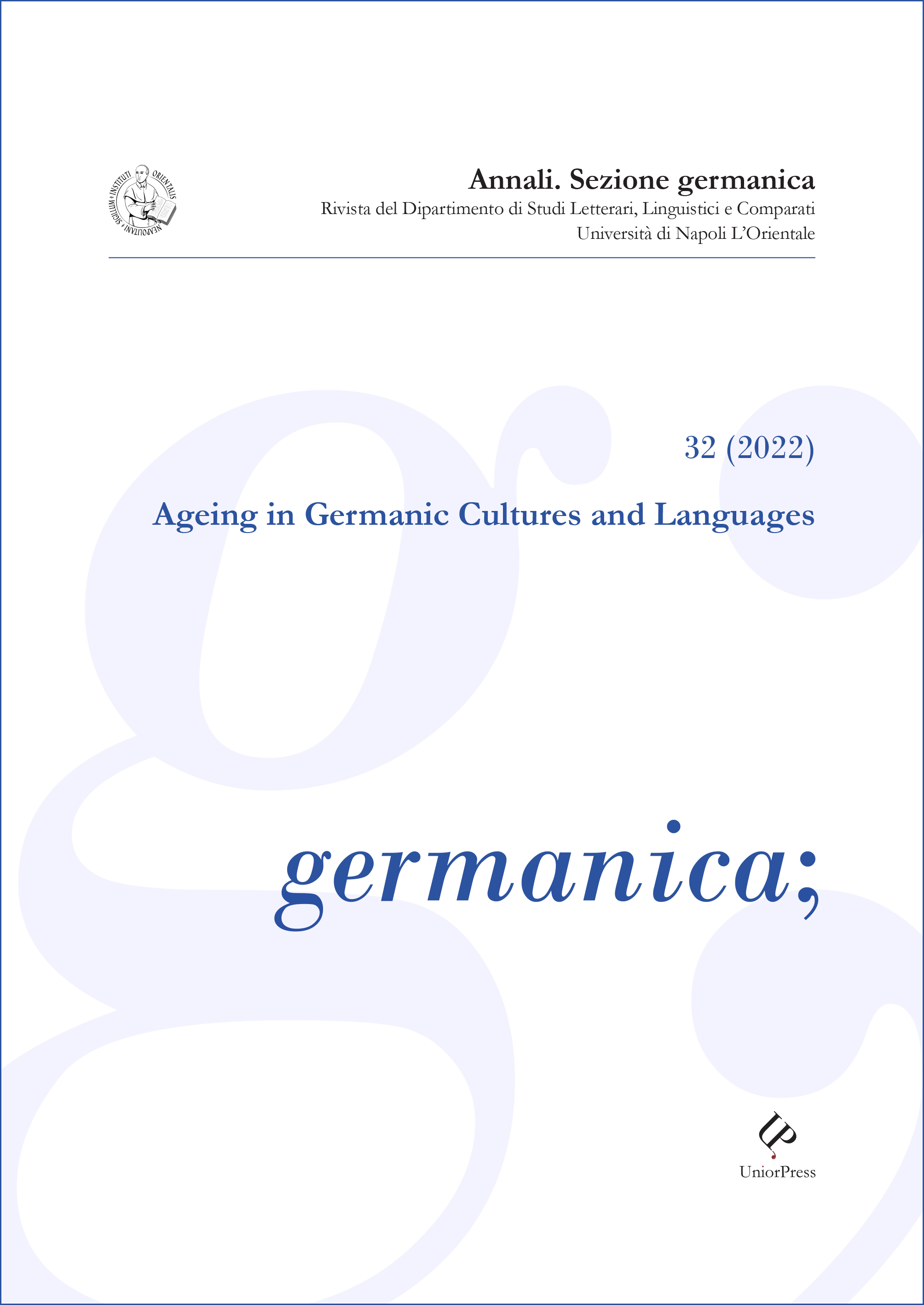The Plights of an Ageing King: Old Age in Layamon’s Depiction of King Leir
Abstract
In quanto complessa fase dell’esistenza umana, l’invecchiamento può essere vissuto e rappresentato in vari modi. Pertanto, la valutazione di questo periodo da parte di poeti, filosofi o altri artisti generalmente si basa sui loro obiettivi narrativi. Poema in stile cronachistico, il Brut di Layamon narra le vicissitudini dei leggendari monarchi di Britannia. Tra i vari approcci al potere e le idee sul concetto di regalità rappresentati nel poema, la storia di Leir – un re che, dopo aver regnato per più di sessant’anni, si prepara alla successione cercando di quantificare l’amore delle proprie figlie – assume un ruolo fondamentale perché le sue vicende possono essere utilizzate per delineare una forma di regalità ideale, preoccupazione primaria che sembra emergere dalle pagine del Brut. L'articolo si propone di esplorare le modalità attraverso le quali Layamon sceglie di raffigurare il monarca nella parte finale della sua vita, sollevando questioni fondamentali sui problemi che i sovrani medievali erano costretti ad affrontare una volta raggiunta l’età avanzata.
Copyright (c) 2023 Jasmine Bria

This work is licensed under a Creative Commons Attribution-NonCommercial-NoDerivatives 4.0 International License.
Gli autori che pubblicano su questa rivista accettano le seguenti condizioni:
- Gli autori mantengono i diritti sulla loro opera e cedono alla rivista il diritto di prima pubblicazione dell'opera, contemporaneamente licenziata sotto una Licenza Creative Commons che permette ad altri di condividere l'opera indicando la paternità intellettuale e la prima pubblicazione su questa rivista.
- Gli autori possono aderire ad altri accordi di licenza non esclusiva per la distribuzione della versione dell'opera pubblicata (es. depositarla in un archivio istituzionale o pubblicarla in una monografia), a patto di indicare che la prima pubblicazione è avvenuta su questa rivista.
- Gli autori possono diffondere la loro opera online (es. in repository istituzionali o nel loro sito web) prima e durante il processo di submission, poiché può portare a scambi produttivi e aumentare le citazioni dell'opera pubblicata (Vedi The Effect of Open Access).

